Gallery Network
From Opulent 18th-Century French Furniture to Contemporary Paintings, Here Are 5 Lots to Watch in Artcurial’s ‘Eclectic Eye’ Sale
The sale brings together a broad range of rare and important works from European collections.
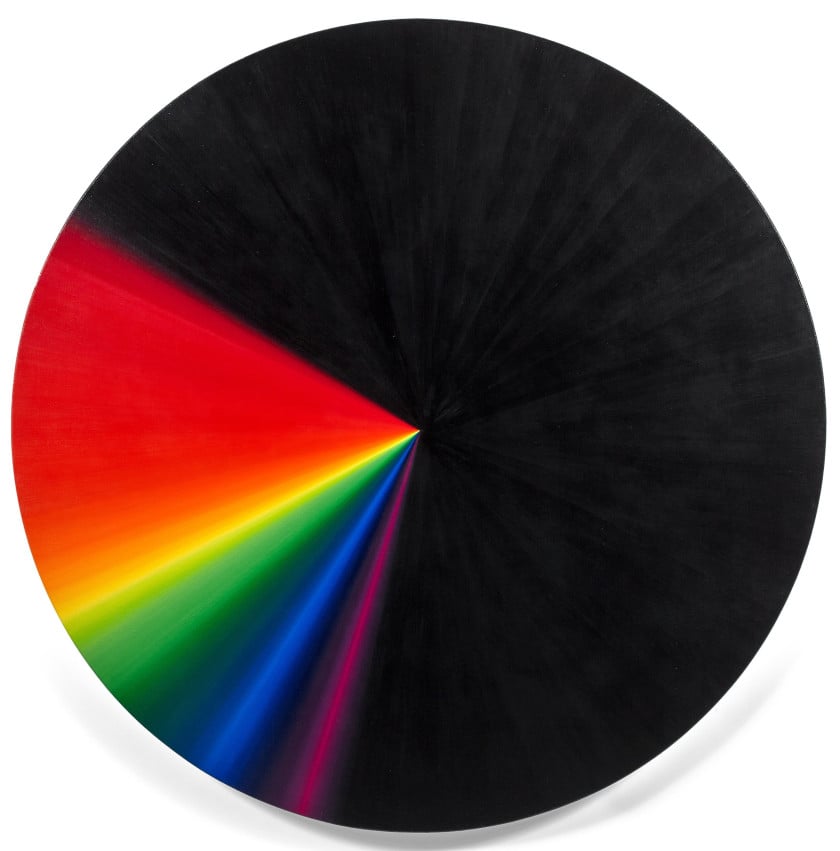
The sale brings together a broad range of rare and important works from European collections.

Artnet Gallery Network

Coinciding with Paris+ by Art Basel, Artcurial Paris will present “Eclectic Eye: A European Collection” on October 20. Amassed over a period of two decades by distinguished collectors, the featured collection of lots brings together artworks and decorative art from a diverse range of time periods and genres. From rare 18th-century furnishings and objects to art by leading 20th-century painters, the almost 160 lots offer participants to go on a journey guided by the discerning collector’s spirit.
One of the highlights of the sale is a 2011 tondo painting by Icelandic-Danish artist Olafur Eliasson, titled Colour experiment nº43. The work is exemplary of an ongoing project that Eliasson began in 2009, where the artist has endeavored to identify a new color theory that uses prismatic color as its foundation. Working with chemists, Eliasson creates exact hues for every nanometer of light in the visible spectrum.
Below are five more exceptional lots watch in Artcurial’s forthcoming “Eclectic Eye” sale.
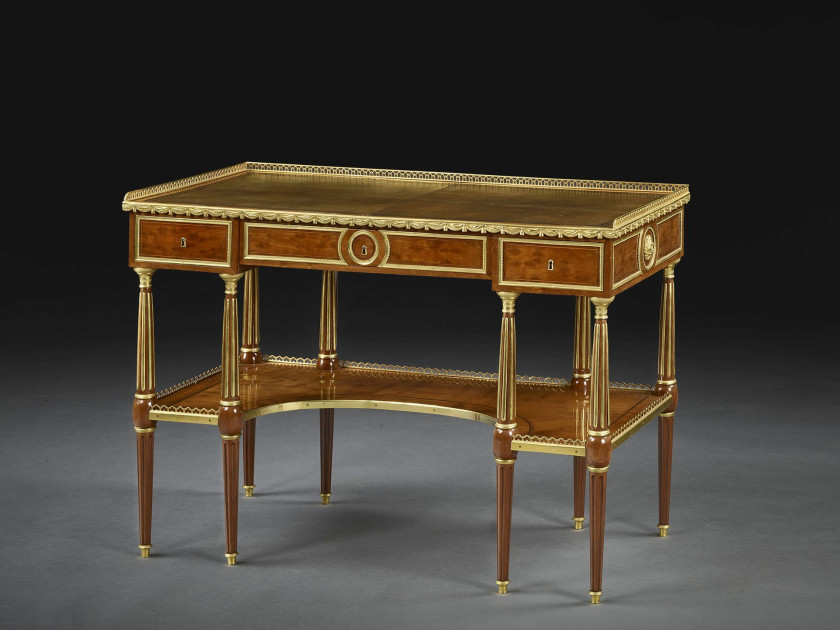
Stamp of Ferdinand Bury, Louis XVI Period Console Desk (1774). Courtesy of Artcurial.
This opulent console-desk hails from the period of Louis XVI, colloquially referred to as The Last, as he was the last reigning monarch before the French Revolution. Created during a time when the luxurious fashions of Versailles were the reigning influence, the piece features rare mahogany woods, gilded bronze ornamentation, gilded leather surface, as well as intricate chiseled details including fluted columns and drapery around the perimeter. It is a rare example by Ferdinand Bury, a supreme exemplar of 19th century craftsmanship and artistry.
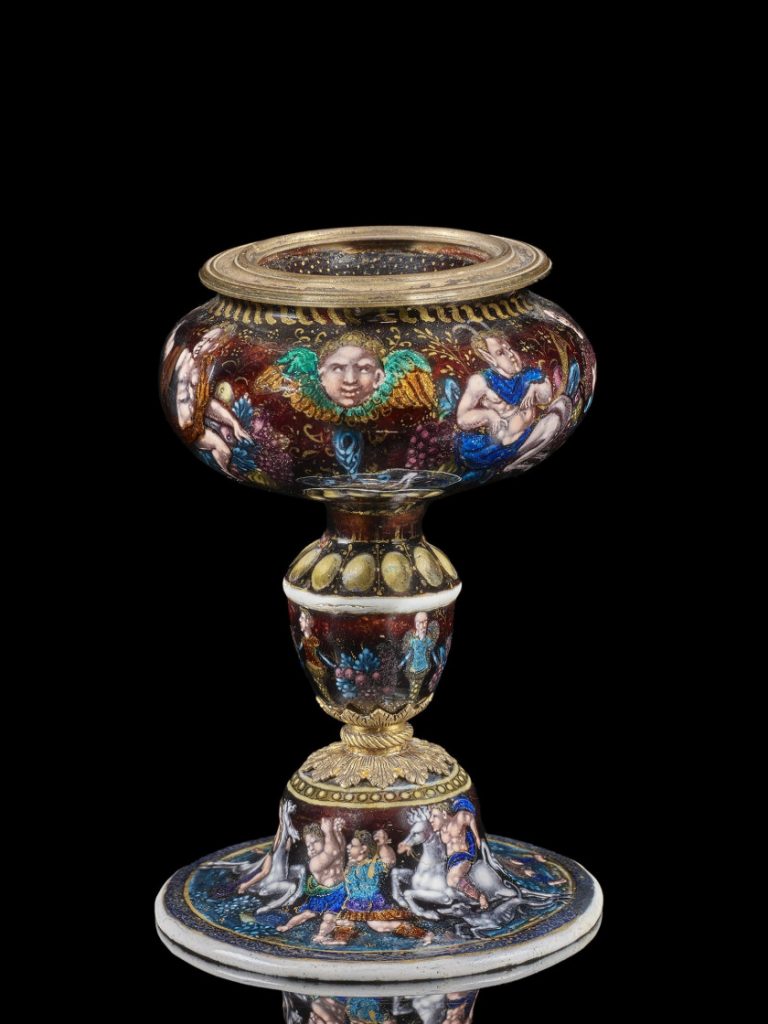
Limoges, Salt Cellar on Pedestal (ca. 1580). Courtesy of Artcurial.
Attributed to the maker IC or Jean de Court or Jean Courtois, this salt cellar on a pedestal features polychromatic enamel on a black ground and dramatic motifs across its surface. The cup shows a female bust surrounded by golden stars, while the body of the piece is festooned with a wealth of fauns and putti. On the lower registers of the pedestal, a bear hunt and golden fleur-de-lis add to the overall gravitas of the work.
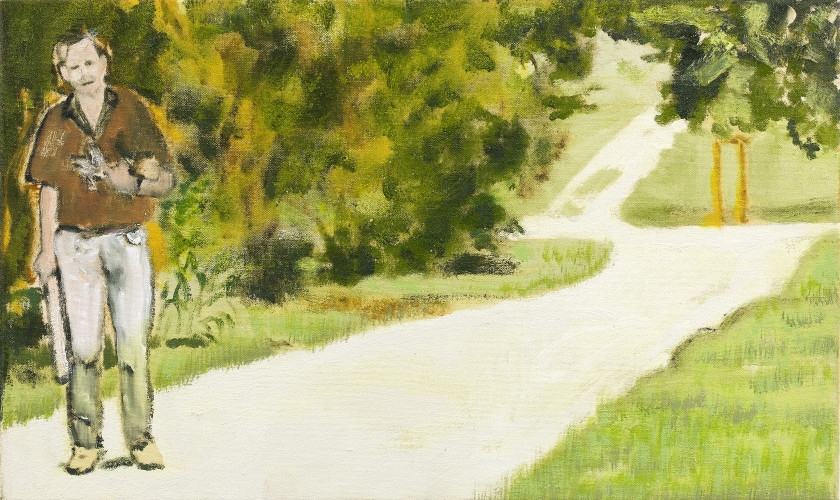
Peter Doig, Drive way (1997). Courtesy of Artcurial.
Scottish painter Peter Doig (b. 1959) is recognized for his figurative, representational style of painting that draws inspiration from found photographs, newspaper clippings, movie scenes, and art history. Placing equal emphasis on landscape and figures, Doig’s compositions simultaneously achieve both deeply personal as well as universal relevance. Based in Trinidad since 2002, his 2007 work White Canoe sold at Sotheby’s in 2007 for $11.3 million—the auction record for a living European artist at that time. His work is held in prestigious museum collections worldwide, including the National Gallery of Art, Washington, D.C.; Tate Gallery, London; and the British Museum, London.
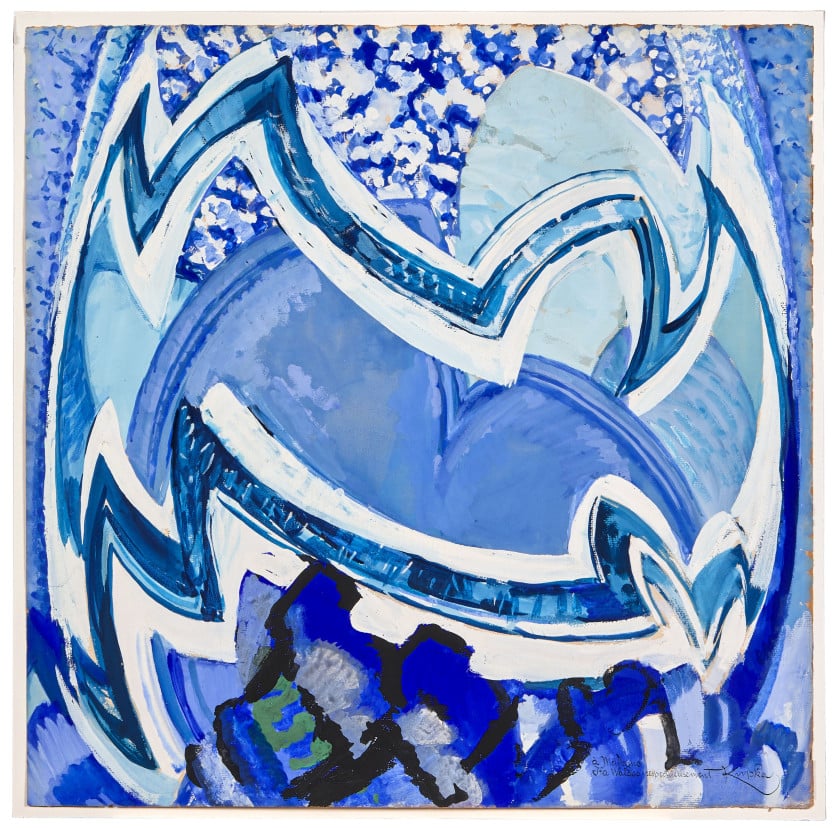
František Kupka, Bleus Mouvants (ca. 1923–33). Courtesy of Artcurial.
Recognized as the pioneer of Orphism, an art movement inspired by abstraction and bright color, Czech painter and graphic artist František Kupka’s (1871–1957) work is influenced by ideas around the cosmos, unseen forces, and the occult. His practice is guided by an ongoing pursuit toward free association and intuitive creation, allowing him to explore color and form untethered by formal artistic constraints. Though his early work was decidedly figurative, over the course of his career his practice evolved into theory-based abstraction, leading to the founding of the Abstraction-Création group alongside Hans Arp and Jean Hélion. Today, his work can be found in the collection of the Museum of Modern Art, New York; Musée d’Orsay, Paris, and the Art Institute of Chicago, among many others.
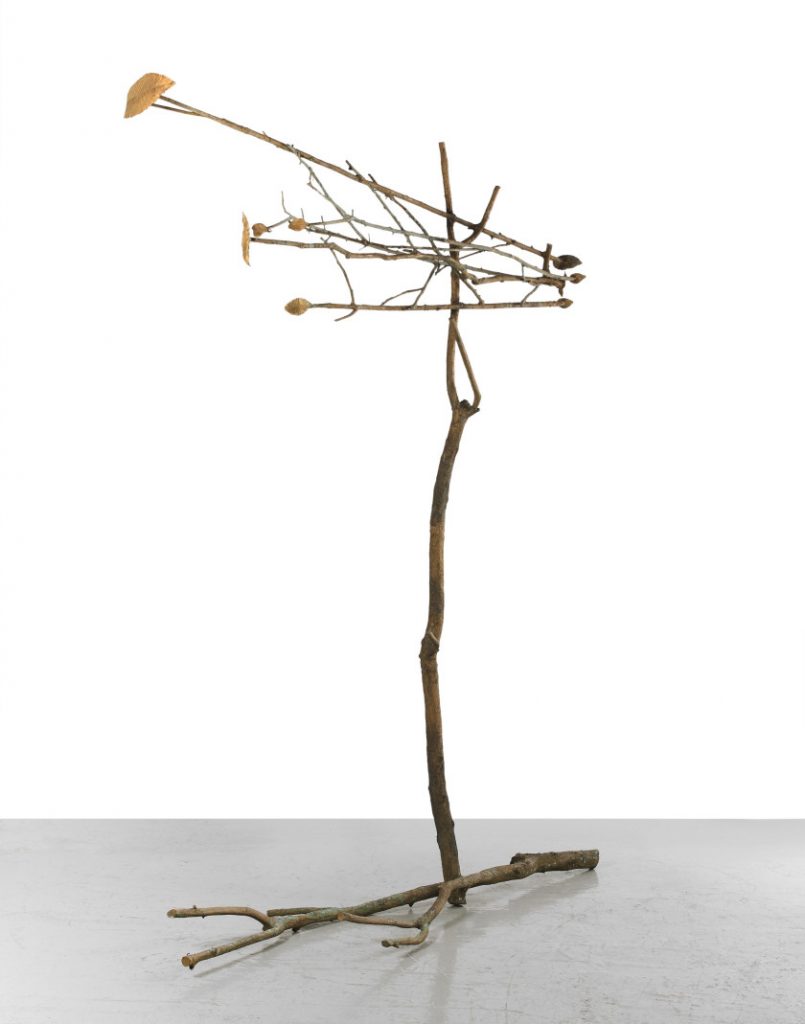
Giuseppe Penone, Pelle di foglie, 5 foglie (2011). Courtesy of Artcurial.
Frequently connected with the Arte Povera movement, Italian conceptual artist Giuseppe Penone (b. 1947) has maintained a practice focused on the relationships between humans and nature. Employing a range of natural materials—from trees to stones—Penone’s work seeks to collapse the physical and theoretical distance between mankind and its endeavors and the natural world. The artist first reached critical acclaim with his 1968 solo show at the Deposito d’Arte Presente in Turin, and has subsequently been the subject of numerous major exhibitions worldwide.
“Eclectic Eye: A European Collection” will be held at Artcurial, Paris, October 20, 2023, at 2:30 p.m.